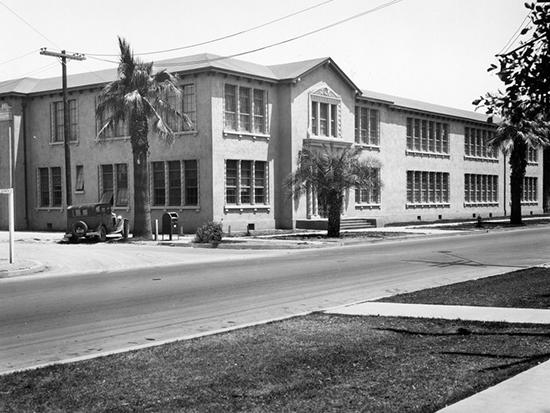
A Brief History
Maricopa County Community College District (MCCCD), known popularly as Maricopa Community Colleges, can trace its origins to the establishment of Phoenix Junior College in 1920, the first community college in Arizona. Since then, it has evolved into one of the nation’s largest and most innovative community college systems, serving the Phoenix Metropolitan Area and beyond. Today, the bustling District includes 10 regionally accredited colleges and 31 satellite locations across Maricopa County, offering over 600 degree and certificate programs and educating over 100,000 students each year.
The genesis of the modern system began in 1960 when the state legislature voted to allow junior college districts in Arizona. Then, in 1962, county voters approved the establishment of the Maricopa County Junior College District, with the new system acquiring Phoenix Junior College. The following year, Dr. Robert J. Hannelly became the first president of the new junior college system. He would be followed by John Prince and then Al Flowers, who started as acting District President and then became its first Chancellor when the position’s title changed.
The District soon began its expansion by establishing Phoenix Junior College branch campuses in Glendale in 1962 and Mesa in 1963. By 1965, these two extension schools would become independent colleges within the system as Glendale Community College and Mesa Community College. Seven other community colleges with multiple campuses would be established over the next 40 years to serve the Valley’s exploding population and thriving business needs.
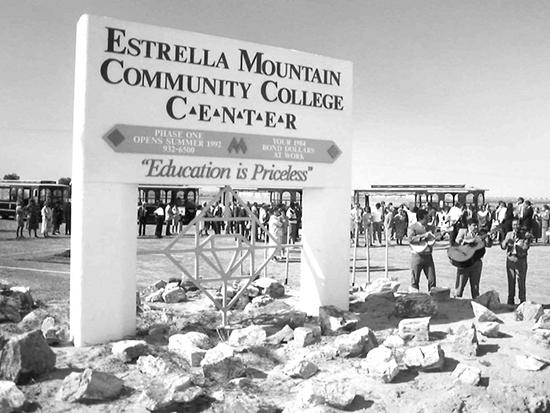
Bond Initiatives Fueled Growth
The District has benefited from bonds used to fund significant capital outlays for various projects throughout its history. Looking back at the amounts requested, one can see how the county’s population — and the District's size — has grown exponentially over the years.
In 1963, the District hoped to be awarded $9.8 million during a bond election. But in the only unsuccessful bond initiative in the District’s history, the measure failed when county residents voted 8,000 to 12,000 against approval. However, a year later, in 1964, voters approved a new bond for $4.9 million, which would help fund the construction of new campuses. Twenty years later, in 1984, Maricopa County voters approved a $75 million bond by a two-to-one margin. After another successful bond election in 1994, the District received $385.6 million, with over $100 million of that funding earmarked for high-tech education and improvements. This investment in technology was a massive step that allowed the District to create computer centers the size of football fields giving the average student access to computers to take courses, do research, and complete assignments. The tech boost also led to GM approaching the District to use its colleges as a training center, which was the first time an international corporation would enter into a partnership with a community college.
In the latest bond election in 2004, voters again signaled their confidence in the District’s mission when they approved Proposition 401, a $951 million bond, with an overwhelming 792,192 Yes votes to 244,676 No votes, a three-to-one margin.
Charting a New Course
Over the next couple of decades after its formation, the Maricopa system underwent significant evolution as it began to formulate a new image and draw national attention. To help create a more distinguished brand, in 1971, the District changed the Junior College portion of its name to Community College.

Through its innovative leadership, the District began making significant changes to eliminate the perception of college as an ivory tower and make it more attractive and accessible to the average person. One early move was to establish the Visions program, which encouraged employees to design internships in other departments and the outside world to help foster a broader perspective. The District became one of the first community college systems to set up a foundation, an essential tool for raising money and integral in building alliances with businesses and corporations. Early on, the administration realized the importance of embracing technology to deliver education in non-traditional ways. In 1978, it established Rio Salado College as the “College without Walls,” and formed partnerships with businesses so their respective employees could study and train at their places of work. This program eventually morphed into early forms of distance learning for Maricopa students and finally transformed Rio Salado into a primarily online college.
Under its second Chancellor Paul Elsner (1977–1999), the District’s national presence continued to grow. In 1990, the Association of Community College Trustees formally recognized Maricopa Community Colleges as having the most innovative leadership. In 1991, U.S. News & World Report named Maricopa Community Colleges as one of the top college systems in the nation. Other accolades followed, including the prestigious Anderson Medal from the Business-Higher Education Forums (1995) and an American Association of Community Colleges Leadership Award in 1996.
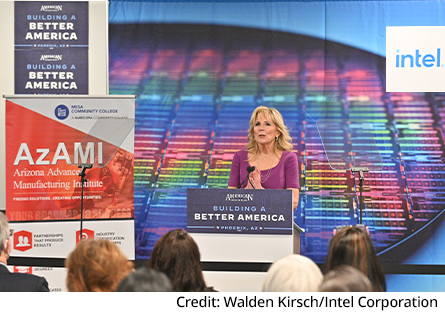
During Elsner’s tenure, the administration moved to give the colleges more autonomy and flexibility under their presidents to meet the needs of their respective student bodies. In June of 2002, the Arizona Legislature gave the District more independence when it voted to reduce the powers and duties of the State Board of Directors for Community Colleges of Arizona, a move that transferred most oversight to the state’s community college districts.
In early 2020, Maricopa Community Colleges faced a significant existential challenge during the COVID-19 pandemic when in-person attendance was impossible. However, through the herculean efforts of the Information Technology department, it successfully moved most of the District and colleges’ operations and classes online to minimize disruptions.
Maricopa County Community College District has come a long way from its humble beginnings in 1920. Today, it continues to graduate students ready for challenging new horizons. Strong partnerships with local, state, and Fortune 500 businesses drive economic prosperity. It continues to create unique, cutting-edge programs like artificial intelligence, cybersecurity, and unmanned aerial systems. With a current operating budget of $1 billion, the District will continue to have an enormous impact on the Valley of the Sun educationally, economically, and culturally.
Backstories: The Origins of Our Colleges
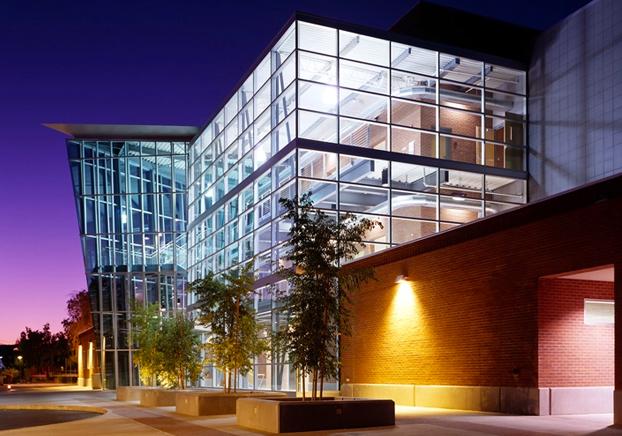
1920, Phoenix College
W.W. Carpenter, Founding President
Founded in 1920, Phoenix College is one of the oldest community colleges in the country. The college, known then as Phoenix Junior College, was originally a part of the Phoenix Union High School and Junior College District. It became a part of the Maricopa County Junior College District in 1960 and is now considered the flagship campus of one of the largest community college systems in the world.
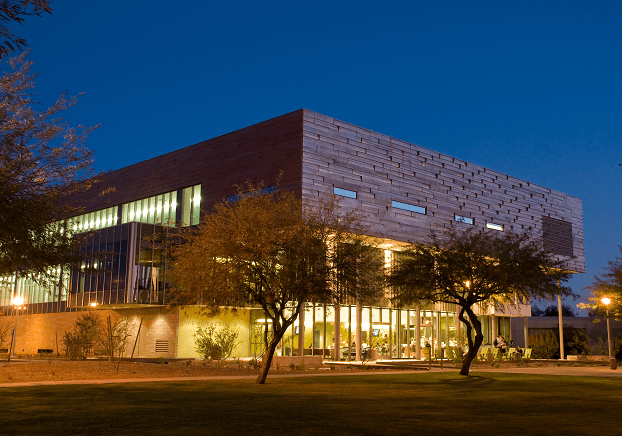
1965, Glendale Community College
John F. Prince, Founding President
On April 12, 1965, the Governing Board established Glendale Community College, elevating it from a branch campus of Phoenix Junior College; it became the first college to serve the higher education needs of the West Valley. In 2008, the Glendale Community College North campus opened.
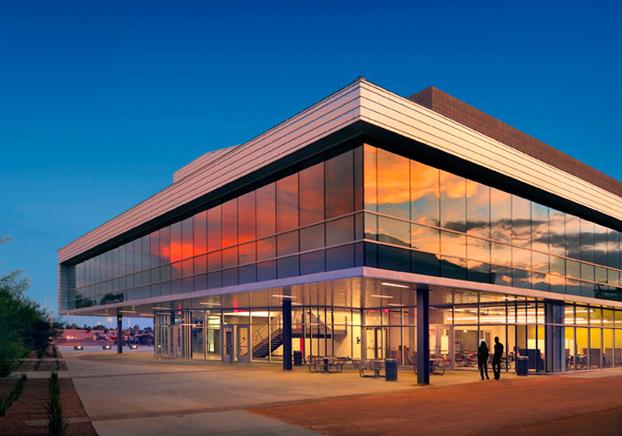
1965, Mesa Community College
John Riggs, Founding President
Mesa Community College began as an extension branch of Phoenix Junior College in 1963 with an initial student population of 330. On April 12, 1965, the Governing Board made it an independent college. Using funds from the 1964 bond, the college built a new campus at Dobson and Southern, and in 2001, it finished construction on a second campus named Red Mountain, which opened that year.
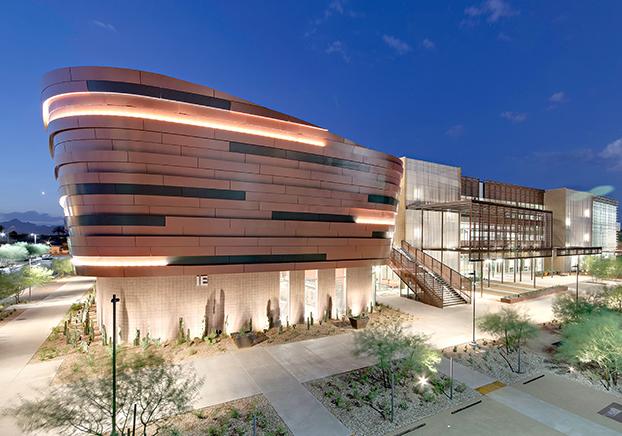
1968, GateWay Community College
Irwin Spector, Founding President
Founded in 1968 and initially located in an old department store in downtown Phoenix, Maricopa Technical College was the first technical college in Arizona. Relocating in 1987, the school changed its name to Gateway Community College, adopting the name commonly used to describe the surrounding area. In 2000, it integrated the Southwest Skill Center, and today, it has three campuses and three extension sites.
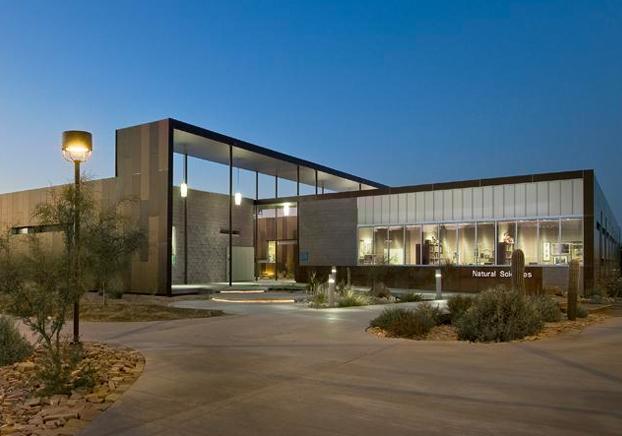
1970, Scottsdale Community College
Art DeCabooter, Founding President
Scottsdale Community College opened to students in 1970. Its campus is situated on land leased from the Salt River Pima-Maricopa Indian Community and is the only public community college located on tribal land. Today, the school is famously known as the Fighting Artichokes. The student body chose the nickname as a joke to voice its displeasure over budgetary issues, but the nickname, along with mascot Artie the Artichoke, has since become a beloved part of school lore.
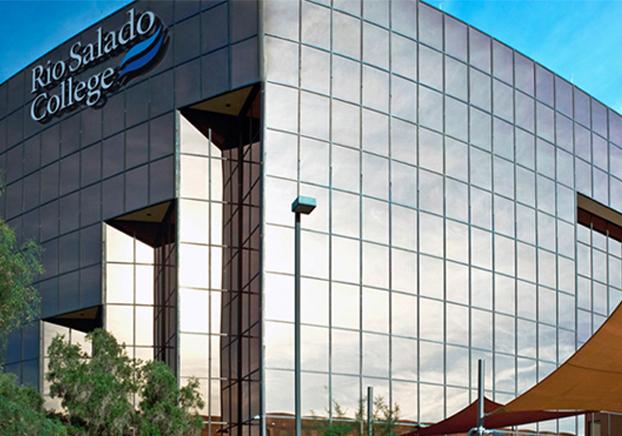
1978, Rio Salado College
Walter Morrison, Founding President
Founded on March 14, 1978, and touted as the “College Without Walls,” Rio Salado College originally offered remote classrooms in 180 facilities throughout the Valley of the Sun. In 1996, it began offering online classes, and by 2006, it had converted a majority of its course offerings to an online format. Today, it provides classes nationally and is recognized as a leader in higher education innovation.

1980, South Mountain Community College
Dr. Raúl Cárdenas, Founding President
South Mountain Community College opened its doors in 1980 to spur economic and social change for the communities of South Phoenix, which, at the time, were separated from the rest of the Valley by a single bridge over the unpredictable Salt River. Today, SMCC is a federally designated Hispanic Serving Institution.

1985, Paradise Valley Community College
John Cordova, Founding President
Opening its doors as the Northeast Valley Education Center in 1985, Paradise Valley Community College would adopt its current name a year later. During its first two years of operation, the college held classes at Paradise Valley High School while construction was completed on its own campus. PVCC operated as an extension of Scottsdale Community College until 1990, when it gained independent accreditation. In 2009, it opened its Black Canyon campus.
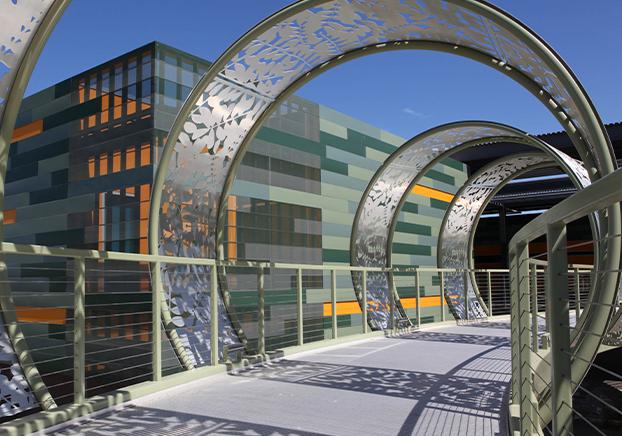
1985, Chandler-Gilbert Community College
Arnette Scott Ward, Founding President
Chandler-Gilbert Community College was founded in 1985 as the Chandler-Gilbert Education Center, an extension of Mesa Community College, to provide higher education to Southeast Valley communities. In 1992, CGCC was accredited as an independent college, and today, it has expanded to four campuses.

1992, Estrella Mountain Community College
Homero Lopez, Founding President
Operating as a satellite location of Glendale Community College, Estrella Mountain Community College Center opened in Avondale in 1992. A name change soon followed, and in 1997, Estrella Mountain Community College received its initial five-year accreditation as an independent institution. Continuing to distinguish itself, by 2001, the college had earned its designation as a federally-recognized Hispanic-Serving Institution. The college opened a second campus, the Estrella Mountain Community College Buckeye Educational Center, in 2011.